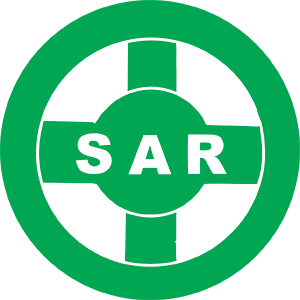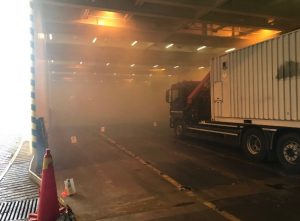WHAT IF…



M/V “XX”, on route from Tallinn to Kapellskär, receives toxic vapour alarm from lower car deck. Master is trying to fight with toxic spill on the lower car deck when vessel suddenly loses engine power. Soon vessel suffers complete power loss. Due to blackout the dangerous cargo on open car deck becomes unstable and Master prepares to abandon the ship. There are also injured crew members and passengers on board in need of medical assistance. Some passengers indicate signs of panic.
Position and weather conditions:
- North-West of Osmussaare (app 3 NM), in Estonian SRR.
- Wind and sea state: N 5 and 3 (Beaufort)
- Visibility: good
- Time: 23:10 LT
- Temperature: Air +28° C, water +16°C
What information do you need to make decisions?
Think about these, too:
- Defining the restriction area should be based on the updated HNS information on-scene. If results from the measurements are not available, information concerning the substance can be found in different databases and use of predictive tools, cargo information etc. What will you do to define the restriction area, if there is a question of several substances involved?
- You are the SMC in your national MRCC. A vessel has given an emergency call due to a leaking chemical container. The crew of the distress vessel is safe, but the nature of the leaking substance is still not known. How do you command the SRU members to protect themselves before entering the distress vessel?
